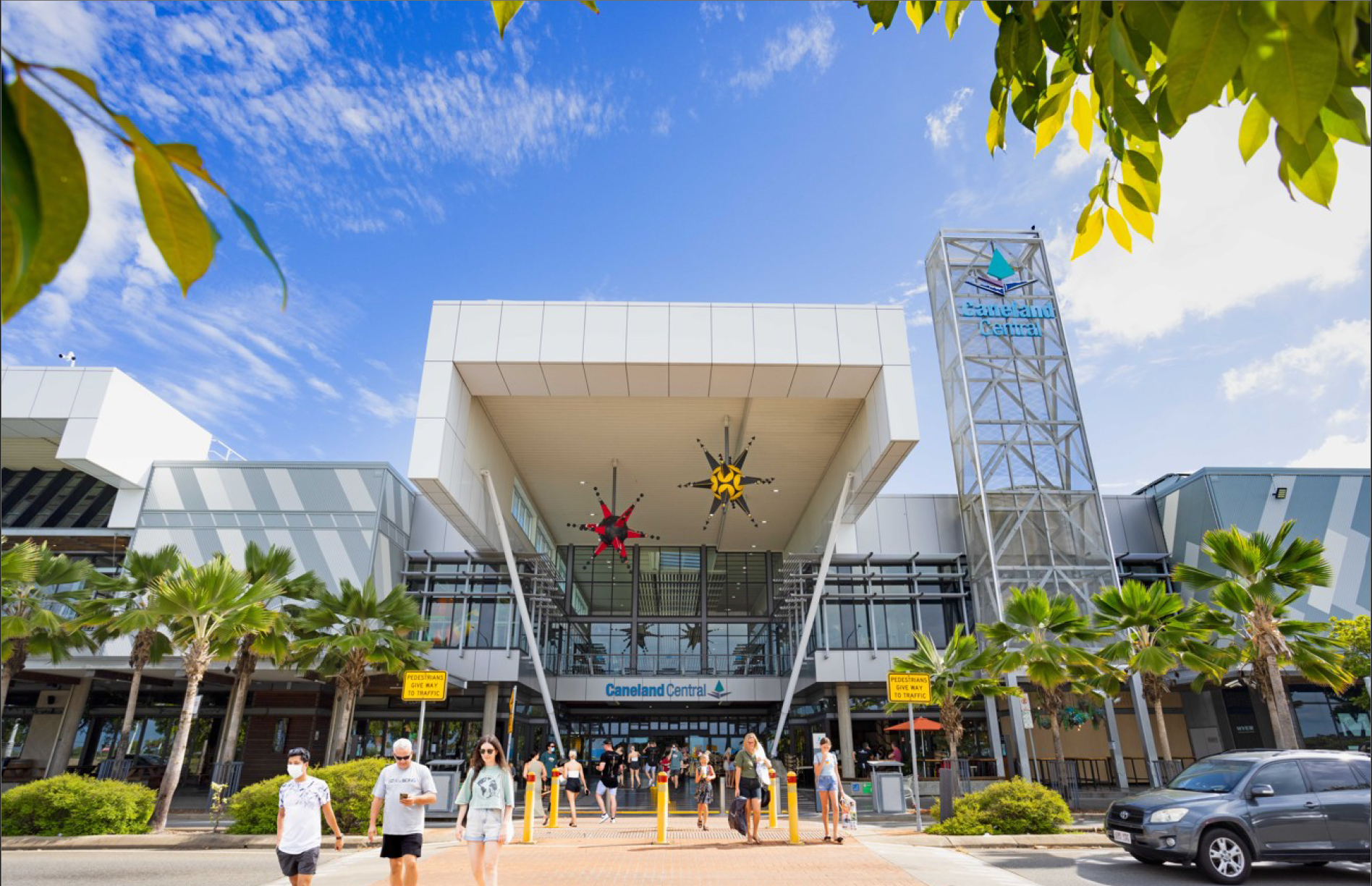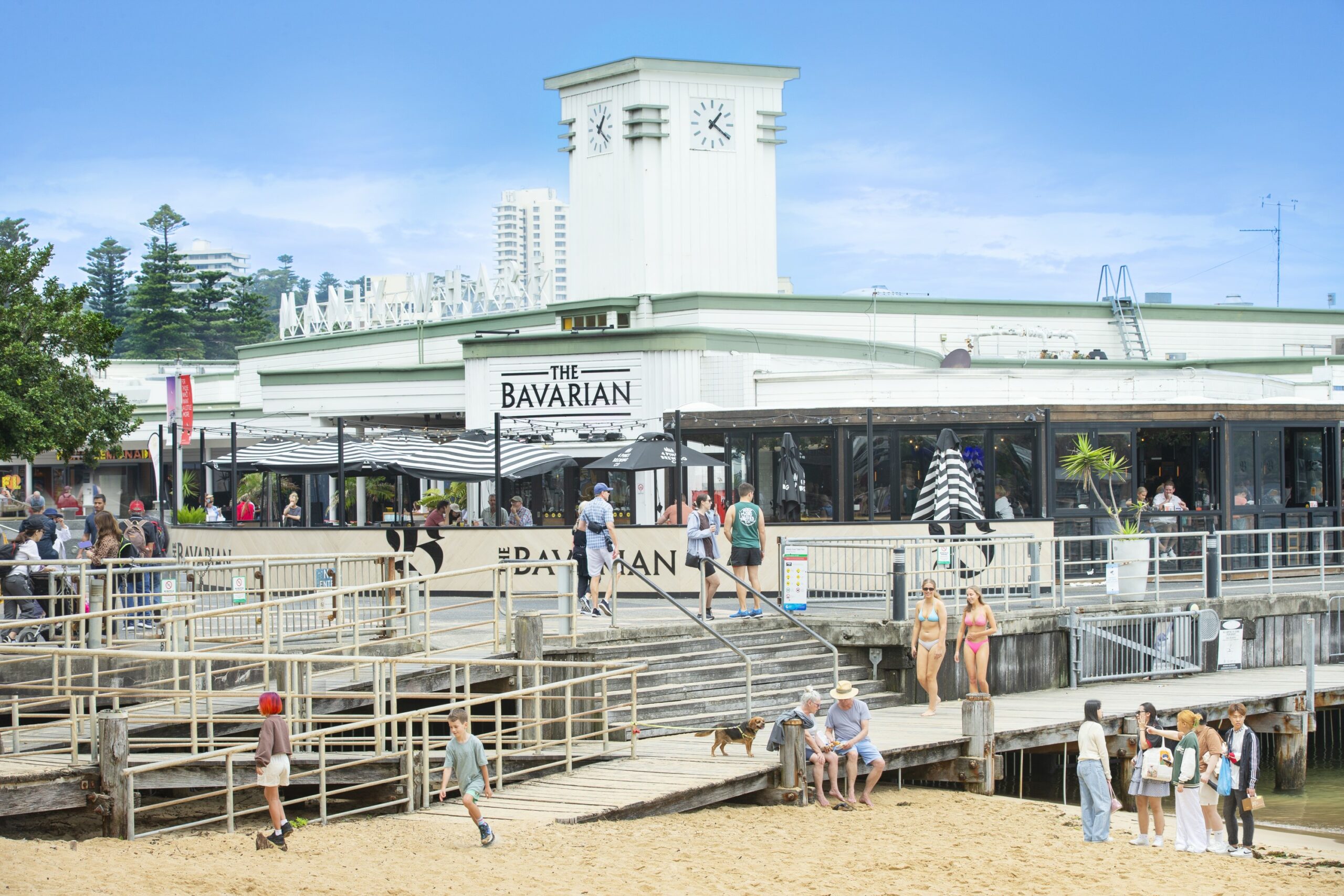
JLL has released a comprehensive report on the changing landscape for Regional Shopping Centres in Australia. The report emphasizes a shift in capital participation, driven by an improving investment landscape for larger shopping centres. As a result, there has been a significant increase in demand for these assets, seeing them surpass the office and industrial sectors as the most traded in 2023 (for the first time since 2004).
The report indicates six key themes that are resonating with capital in the retail market. These include the rebasing of asset prices while trading performance improves, reset and growth of rents, irreplaceability of shopping centres, potential for diversifying cash flows, reduced competitive threats, and strong demographic trends. These themes indicate an improving outlook that is expected to unlock future opportunities in the retail sector.
The analysis of “Big Gun/ Regional” Shopping Centres reveals a correction in asset valuations, while the performance of these assets continues to improve. From 2018 to 2023, valuations decreased by an average of 13.4%, while total MAT (Moving Annual Turnover) increased by 13.1%.
Nick Willis, Senior Director of JLL Retail Investments Australia & New Zealand, comments, “larger regional shopping centres in Australia are resurging in performance, particularly evident in the positive rental growth occurring across two consecutive A-REIT reporting seasons. The underwrite for these centres is appealing to an increasingly wider array of capital and we’re witnessing a wave of maiden investors enter the sector, importantly, core institutional capital is on the horizon for investment (again) which will continue to drive demand over 2024.”
The JLL report identifies a pricing divergence emerging for ‘Regional’ shopping centres, with secondary assets or those that are non-metropolitan located demonstrating a yield spread of up to 275 basis points compared to those ‘Regional’ assets that have traded more recently in the core metropolitan markets of Sydney and Melbourne. This divergence is further accentuated when comparing assets that are offered with or without management control.
Sam Hatcher, Head of JLL Retail Investments Australia & New Zealand highlighted “Recently we have witnessed a narrowing bid-to-ask spread for retail assets as competition increases. The formal on-market supply of retail properties has considerably decreased in 2024 creating pent up demand for buyers who remain well capitalised. Notably, we anticipate the entry of offshore capital, especially from core funds, into the sector over 2024/25 to be a key attribute of the Australia retail market.”
There has been a shift when assessing the buyer composition for the retail market. In a hunt for yield, private investors alongside syndicators comprised 80% of total transactions in 2023. These groups are increasingly seeking higher yielding opportunities offering a yield spread to underlying debt costs.
Sam Linden, Director of JLL Retail Investments Australia & New Zealand, elaborated “there was heightened deal flow to complete 2023, with around 60% of the yearly volumes occurring in the final quarter of the year. This combined with a reduced available investment supply in 2024 is creating a strong competition in capital markets as heightened demand meets a lack of institutional grade opportunities. Access to stock will be the greatest challenge for capital in the first half of 2024.”
MSCI, Real Capital Analytics recently released its broker rankings for 2023, which placed JLL’s Australian Retail Investment team as the leading retail advisor, the team surpassed $2.3 billion in transaction volume for the year. JLL has had a strong introduction to 2024, successfully completing Stockland Balgowlah for $155 million, Eastgate Bondi Junction for $126.95 million, Smithfield Shopping Centre for $138 million and has over $360 million currently under contract.



